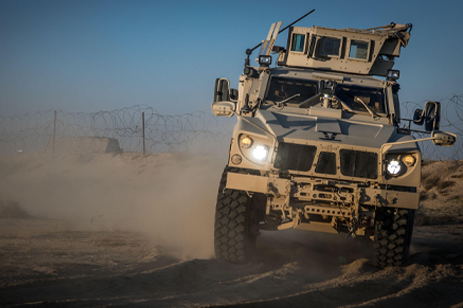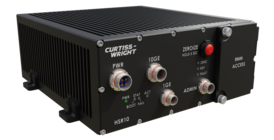
With the advent of high-speed networks, such as 40GbE and faster, it is essential to change the approach of how network data is recorded and stored while utilizing the total throughput of the available link. Older methods are inadequate for storing real-time data at line rates, and introduced bottlenecks that must be mitigated for optimal performance.
The introduction of distributed recording systems added additional hurdles. The following paper will discuss the challenges and approaches associated with high-speed data recording for modern aerospace and defense processing applications.
To understand the issues related to high-speed data recording, Curtiss-Wright conducted a comprehensive feasibility study of different data recording technologies and performed extensive testing of various protocols. This paper introduces the results of those tests and then presents the comparative data. In addition to the test results, this paper will cover encryption approaches for high-speed networks and solutions, taking into consideration a recording system’s size and power requirements.


